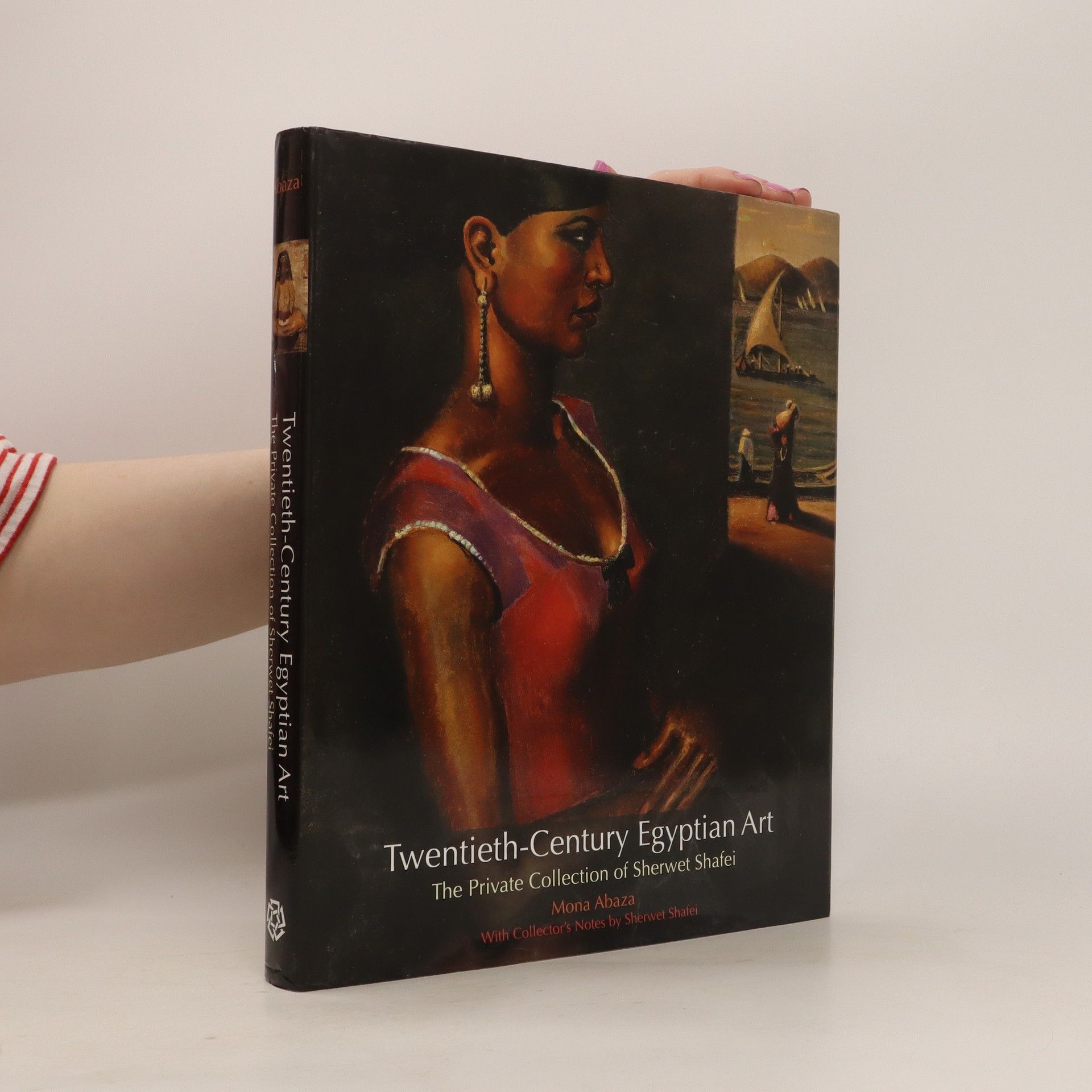Set against the backdrop of Egypt's military takeover and the urban transformation of Cairo post-2011, the narrative delves into the everyday lives of residents in a middle-class building in Doqi. It explores how larger political changes impact personal relationships and community dynamics, offering a microcosm of societal shifts during a tumultuous period. Through intimate interactions, the story highlights the resilience and adaptability of individuals amidst the grand narrative of national upheaval.
Mona Abaza Boeken
Het werk van Mona Abaza duikt in de ingewikkelde religieuze en culturele netwerken die het Midden-Oosten en Zuidoost-Azië verbinden. Haar onderzoek onderzoekt specifiek de Hadhrami-diaspora in Zuidoost-Azië, samen met een verkenning van de consumptiecultuur en de kunstmarkt in Egypte. Abaza put uit haar expertise in sociologie en cultuurstudies om de wisselwerking tussen geglobaliseerde invloeden en lokale tradities en economieën te analyseren.


The private collection of a prominent Egyptian art gallery owner. Egypt's modern art scene has been marked by many influential local and foreign painters. Mona Abaza retraces the highlights of the country's twentieth-century art world through the private collection of one of Cairo's most reputable private gallery owners, Sherwet Shafei. The 200 color reproductions of paintings from Sherwet Shafei's collection represent works from very early pioneers such as Mahmoud Sa�d and Ragheb Ayad to later figures such as Hamed Nada and Youssef Sida. In a comprehensive introduction that examines the life and career of Sherwet Shafei and her pivotal role in promoting and creating a market for modern Egyptian art, the author also addresses the tendencies of emerging art collectors in Egypt's "blossoming" market, the burdens of forgery, and the impact of globalization on the art industry. This book serves as a repository of Egyptian cultural heritage by offering a rare viewing of a valuable collection that has yet to be displayed in its entirety.